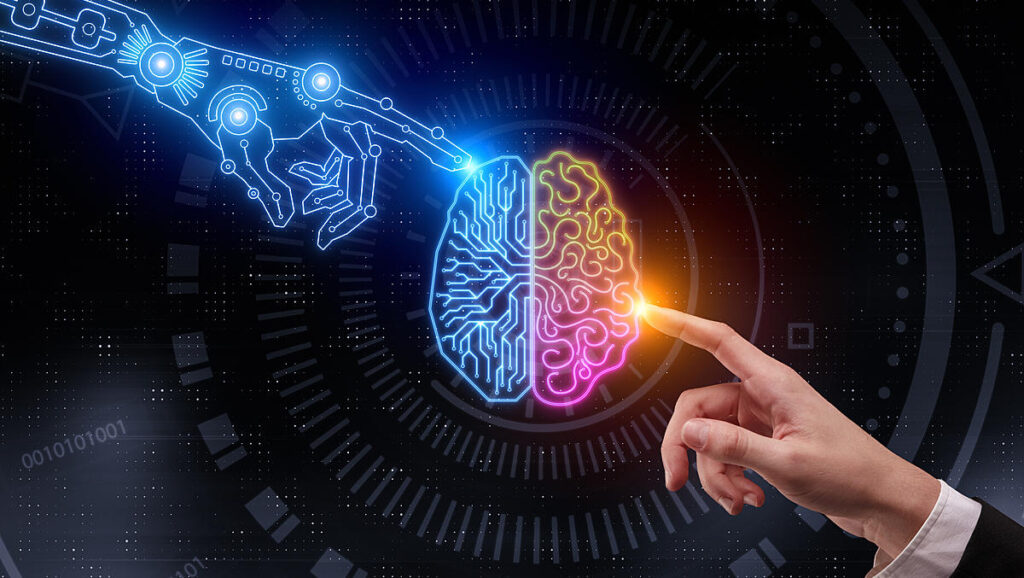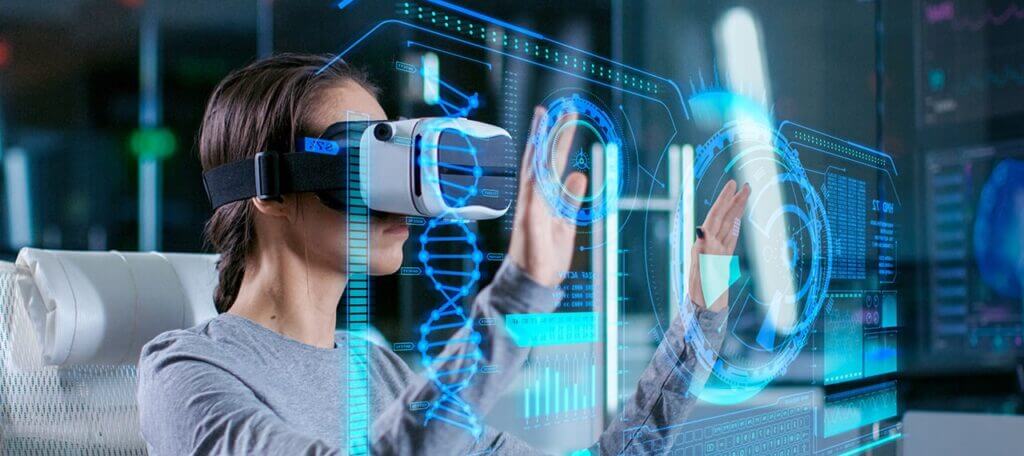Importance of an Entrepreneurial Mindset For Employees
Importance of an Entrepreneurial Mindset For Employees ATMECS Content Team As companies prepare for an unpredictable post-pandemic future, employees need to be innovative and active, now more than ever. Having an entrepreneurial mindset is more of a necessity now. As per a Gallup Poll report, 87% of employees worldwide are not focused on their work. To make them more focused, promoting an entrepreneurial mindset-culture can help. Companies can get an edge over their competitors, win new and retain existing customers, and recruit top talent. Before we dive into how you can incorporate an entrepreneurial mindset and its benefits, let’s first understand the concept of an entrepreneurial mindset. What is an entrepreneurial mindset? According to a Forbes survey, entrepreneurs are the healthiest, most engaged individuals on the planet, finding meaning in their job and being inspired to solve issues. Their mindset and approach towards achieving their objectives is a key factor in their ability to engage in entrepreneurial activity. They are those who see opportunity in every challenge and seize every opportunity. As a result of their thinking style, they are inventors and developers who provide their company with the best opportunity to survive and grow. But how does that assist when it comes to employees having a similar mindset? It essentially indicates that they are gutsy in their judgment, self-driven, and passionate about what they do. Entrepreneurs go out of their way to get clients and take chances. This does not mean that employees need to pressure themselves or be reckless. Still, employees can implement many entrepreneurial skills such as passion, dedication, taking chances, and taking responsibility. Why is an entrepreneurial mindset important? The benefits for people who choose to lead may be substantial. However, the corporate sector is fraught with difficulties. Running a business or even considering starting one is not for everyone. Understandably, some people prefer the security of a 9-5 job with a steady paycheck. Creating a new venture is a brave step. It takes a certain degree of courage and determination while confronting up to its potential of disappointment. Regardless, an entrepreneurial mentality, when set in employees, shifts and helps determine an individual’s approach to problems. They have a unique perspective on things and the capacity to adapt, making them well-suited to developing a successful firm. There are mistakes and achievements around every turn in the corporate world. The entrepreneurial mindset and the traits and abilities that come with it are based on a drive to achieve. They see challenges as opportunities. Difference between employee vs. entrepreneur mindset Security vs. freedomIn reality, we don’t see an employee with an entrepreneurial mindset as much as we would like. People are somehow functioning to make “Job Security” the ultimate goal. One must complete high school, attend college, earn a degree, find a solid, well-paying, secure job with advantages, and save for retirement. Children with entrepreneurial parents have a 60% higher probability of starting their own business than children who do not have an entrepreneurial background. Entrepreneurs value security as well. They place a considerably higher value on freedom. Buying time for money vs. providing value for moneyEmployees make decisions based on the hour and operate a fixed number of hours per day for which they are compensated per hour at the end of every week. However, for someone with an entrepreneurial mindset, the idea of giving one of our most valuable assets, time, to benefit someone else is pure pain. Fear vs. self-motivationMore than often, employees are driven to the workplace because they fear losing their job security. Self-motivation is what an employee-mind lacks a lot. Entrepreneurs are motivated by concepts. They focus on providing value to their clients and customers. Being held responsible vs. self-accountabilityEmployees frequently want responsibility from others, their superiors. The boss tells employees what they need to do when they need to do it, and that it should be done correctly. When things don’t go according to plan, employees quickly indulge in fault-finding or shifting blame. Entrepreneurs must be responsible for themselves. They should be self-disciplined and complete the tasks that are required. People hold us accountable, our clients. However, as an entrepreneur, you will not have a supervisor or a time clock. So it’s up to you to be punctual, do tasks, and do them correctly. Henry Ford once famously said, “Quality means doing it right when no one is looking”. How companies can inculcate an entrepreneurial mindset in employees So, how can you develop an entrepreneurial attitude in the culture of your company? These five methods may be useful in getting you started. Encourage a single point of focus: the clientHelp employees realize that your firm is focused on the client, no matter what job they have or what task they execute. Assure them that everyone’s job has an impact on the client and their customers, whether directly or indirectly. Encourage a focus on customer service and happiness throughout the organization. By responding to questions such as these, you may inspire all of your coworkers to think like your clients: What is the client’s desire? How can I contribute to my client’s happiness? How can I improve the quality, speed, and ease of my client interactions? What does the client value so highly that pricing becomes less of a factor? Diversity vs. Knowledge sharingDiversity of knowledge may help to foster creativity and invention, both of which are important aspects of the entrepreneurial mindset. Try being more aware of your team’s cognitive variety so you can improve their performance and assist them in growing. Allow fresh ideas to flourishAllowing individuals to develop new and improved methods for whatever position they play is a good idea. When ideas mix with other ideas and take on new shapes, they can thrive. Encourage individuals to contribute any ideas that might help the firm make good improvements, such as keeping up with industry trends or trading off meetings’ frequency for quality. Employees can contribute innovative ideas, shortcuts, comments, and other proposed enhancements to an internal blog.
Importance of an Entrepreneurial Mindset For Employees Read More »










